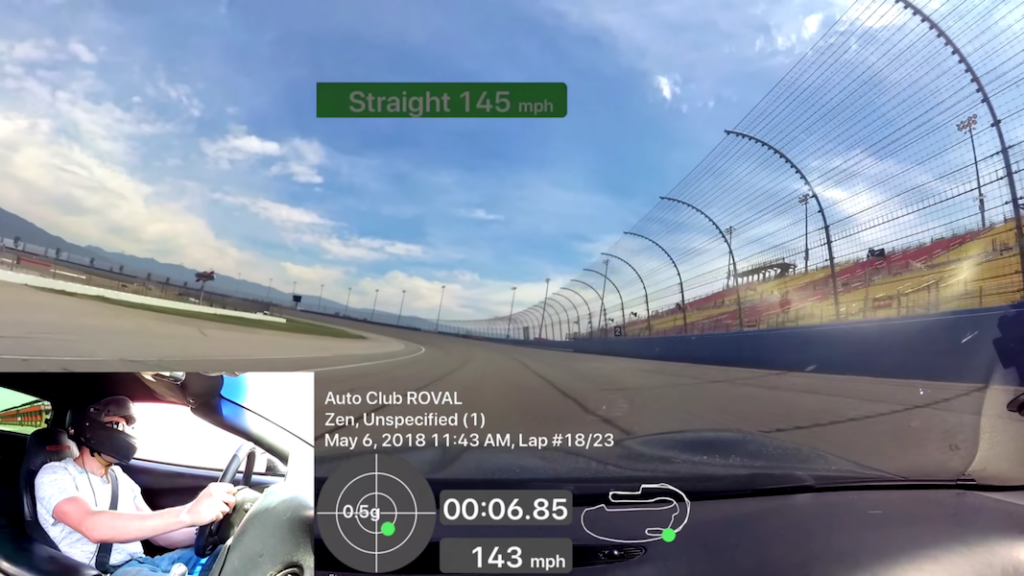Many car enthusiasts are armchair racers who dream of hitting the track themselves one day, if only they had a car that was capable enough.
While setting track records and kissing the Borg-Warner trophy for winning the Indy 500 is only for the elite few drivers who climb the racing ladder to the highest heights, turning your street-driven vehicle into a track beast is not as difficult or expensive as you may think.
One recent post on Turnology.com illustrated this point with a driver taking a relatively stock C5 Z06 Corvette to the high-banks of Auto Club Speedway in California. His only real modifications were grippier tires and brake pads. The driver gives a rather glowing (pardon the pun) review of the new PFC11 sprint pads from Performance Friction.
“They don’t require a ton of warm-up, and they also don’t seem to require a lot of pedal pressure,” said lapping day driver ZentRose of his brake pads. The only modifications he made to the Z06, which he bought with 175,000 miles, are his Federal 595RS SS tires and PFC 11 sprint pads. He takes us on some flying laps as he gobbles up the cars in front of him one by one.

PFC notes that selecting brake pads for the track is more about maximizing what you have. If you think you need oversize rotors and six-piston calipers to have fun and go fast, you are missing out. PFC engineers recommend replacing your street compound which is much harder with a soft compound pad such as the Sprint. Endurance pads may hold up longer but they lack feel. Also, you need to be sure the caliper is applying force on the rotor evenly, which may require replacing slide pins and hardware.
Another pointer for maximum braking is making sure that the pad fits the entire surface area of the rotor. If as little as 10 mm is not used by the pad, that can affect the thermal efficiency and create hot spots.
Using track-specific pads and brake fluid should be the first things you replace. These two upgrades are relatively inexpensive and enable you to drive to the end of the session without a long pedal or spongy feeling from air in the brake lines due to high boiling temps. Next, add high-performance competition tires to increase the overall braking force. The key to going fast is being able to stop fast and with confidence. A simple track-day pad and fluid swap can instill lots of confidence but ducting may be necessary for more aggressive driving, especially if you are under-braked for the mass you are carrying into the corners.
For those who push harder, ducting might be a good intermediate stage, PFC’s Design Engineer, James Borner, told Turnology. “The backing plate of the pad is being supported by the pistons and the tangential force on the face of the pads is located some distance away from the piston face. This creates a ‘moment’ that tries to pull the leading side of the pad into the face of the rotor. This causes the leading side of the pad to dig into the rotor and the trailing side to want to pull off the face of the disc. To counteract this, the trailing side of the caliper generally has a larger piston to exert more force on the trailing side of the pad to counteract the tendency for the back of the pad to lift off of the disc.”
Borner says that when the heat spikes to a certain level, one-piece rotors have a tendency to morph into a cone-shape whereas an upgraded two-piece rotor prevents this deformation, and also allows for some axial float.
Optimizing and maximizing what you have is the first step in making a daily street driver into a track day toy. Whether you invest in tires and suspension, and perhaps a racing seat, are options for later. Our recommendation is to get your brakes ready first and go have some fun at your local track or autocross event!
Source: Turnology.com
